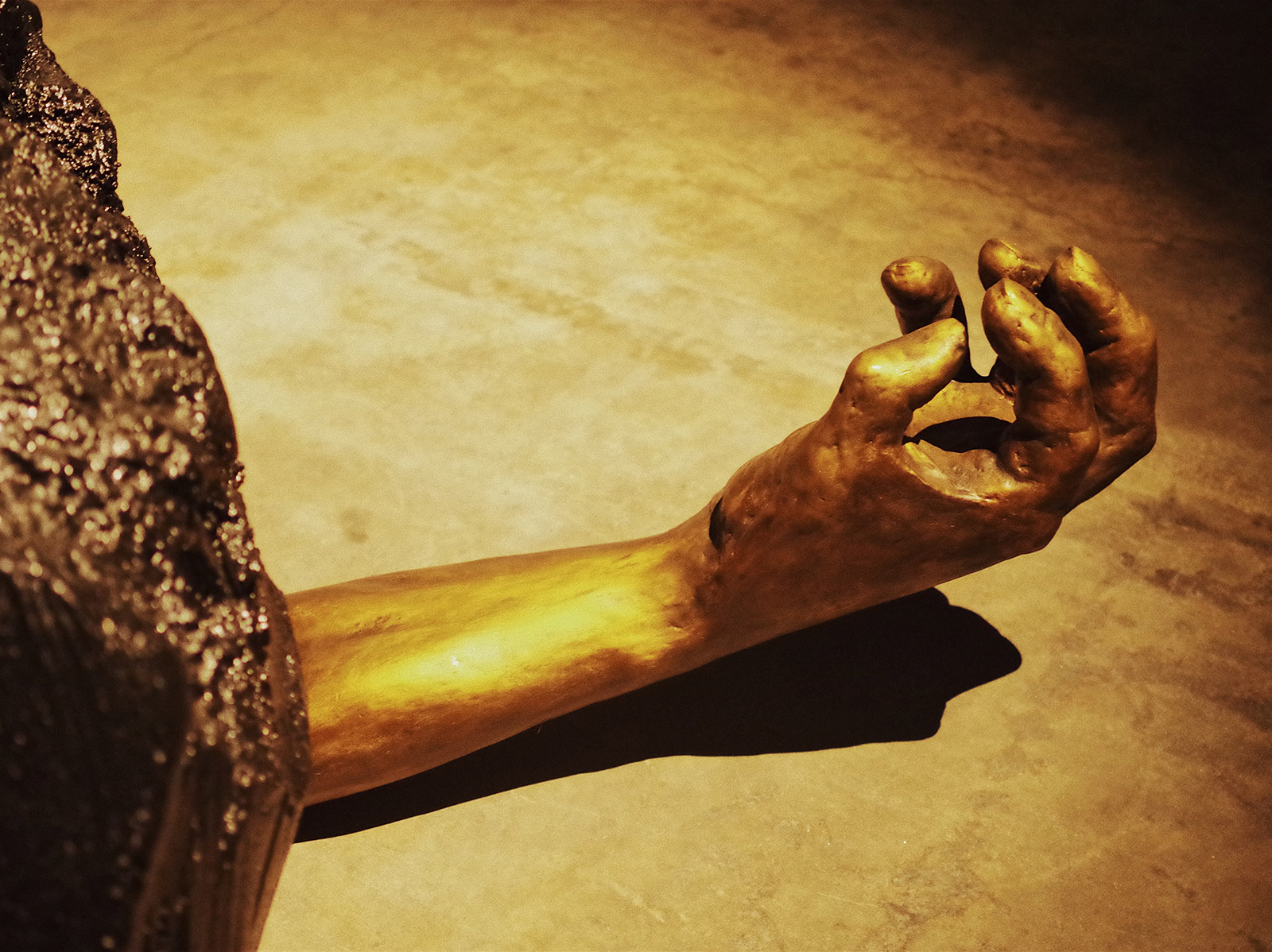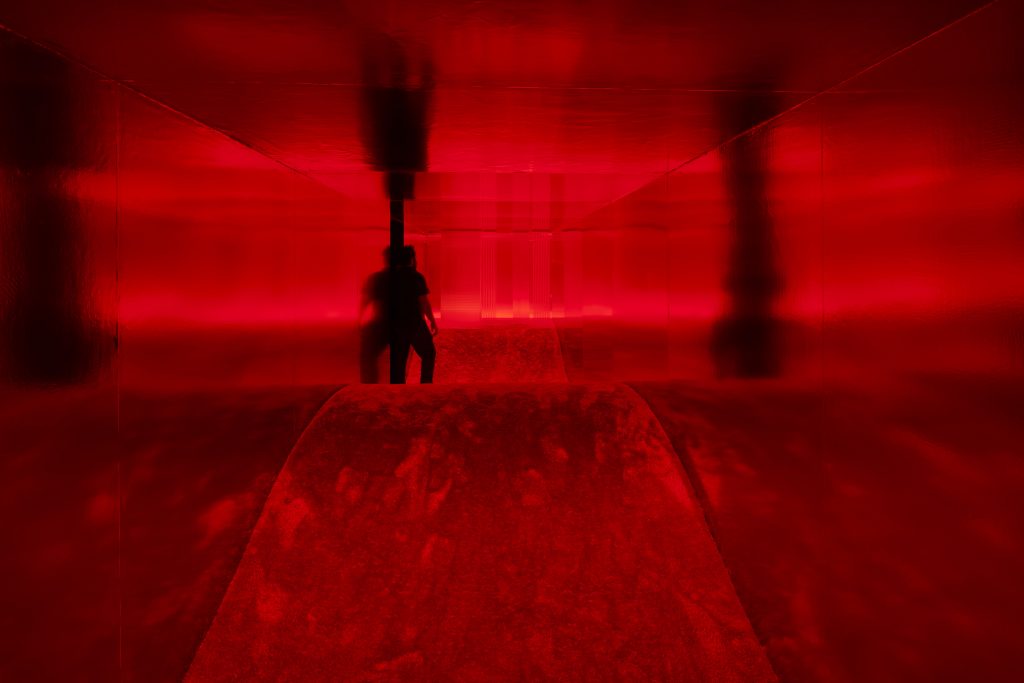Mike Kelley’s Superman-Inspired Artworks at Hauser & Wirth
The most comprehensive survey of Kelley’s “Kandors” pieces ever, on display now in LA

by Kyle Raymond Fitzpatrick
Late Los Angeles artist Mike Kelley is still very busy. His sudden passing in 2012 shocked the Southern California art community as they shifted from his being an artist in-the-making to one whose work would be memorialized, to play on as an ongoing reflection of a life lived in dialogue with all sorts of artistic consumption, disciplines and creation. Kelley was singular in that regard, a one-man factory of thought, constantly rethinking the world.

Kelly’s “Kandors” series was one of the final manifestations of the forever-moving machine that was brain. For the series (complete from 1999 through 2011), Kelley took the story of Superman’s shrunken home of Kandor to create a dialogue between artistic styles while musing over concepts like home, identity, and escape. The expansive work walks around, into, and through the bell-jar encased mini-metropolis, popularized in comics to transport viewers to a place that only exists in our minds. And, for the first time ever, the entirety of this work is on display at Hauser & Wirth in Los Angeles’ Arts District.

The show, open now, spreads across multiple galleries where Kelley’s “Kandors” are brought to life as collages, videos, sculptures, sets, lenticulars and more. The show starts with the Y2K adjacent “Kandor Con 2000” which was a turn-of-the-century effort to reconstruct the small city, to celebrate it as a utopia to come. At the Hauser & Wirth installation, architectural students built foam skyscrapers within the gallery as an appetizer to a room of giant bell-jars and resin imaginings of the city. Film sets for plays about the city of Kandor lie just beyond the bell jars before shifting to a darkened room of rocky masses weighing superhuman body parts. Kelley’s “Kandors” are positively wound with thought, not to mention mesmerizing to behold.

John C Welchman, the Board Chair of the Mike Kelley Foundation, shares that the works are “yoked to a wider field of media organization” typical of Kelley’s ability to fold so many worlds of thought in one place. Welchman notes that the intentions of the “Kandors” were to dwell upon the artist’s theme of “maintain[ing] memory” via the “constant shifting new presentations of this city.” Each room in the show, each new take on the Kandor, is a recalling of Superman, the artist, and the viewer trying to imagine their place of birth.

Bennett Simpson, Senior Curator at the Museum of Contemporary Art, Los Angeles, finds that there is a universality extracted from the very specific comic book sources the “Kandors” came from. “While the comic was being drawn for decades, representations of Kandor changed,” he explains. “Different comic books artists would draw Kandors in different ways. It was always a futuristic city, the architecture usually kind of rhymes with utopian ideas… That is the jumping-off point for the kinds of work you see here.”

To Mary Clare Stevens, Kelley’s longtime studio manager and current Executive Director of his Foundation, the “Kandors” were a unique way to discuss the problems of loneliness. “These scenes of isolation, alienation, take it a little further,” she explains of these isolated, colorful bell-jar worlds. “He’s having a lot of fun. They’re very playful but, again, they always address other issues like existentialism.”

Much of the fun comes from the crashing of ideas, of sculpturally imagining a fake city, playing it out in so many different forms. Simpson distilled this idea of “everything happening at once.” The show is “sculpture that’s also a stage set that also has a movie that also has actors based on a photograph that produced drawings that can be made into an installation.” Everything is in tandem, a super-heroic maximalism.

Nearly 20 years after their inception, the “Kandors” appear more present than ever in Hauser & Wirth’s space. Of course, the “Kandors” are fictional works completed shortly after 2010 but they’ve unfortunately aged into a distressing metaphor for America: it’s difficult to see them as anything else but parallels to a country constantly embroiled in political struggles. Kelley would have had a field day, had he lived to see this. Then again, his work seemed to predict this isolationist drift into the bell-jar of our own making.

Mike Kelley’s “Kandors” will be on view at Hauser & Wirth now through through 21 January 2018.
Images by Kyle Raymond Fitzpatrick












